|
|
||||||||
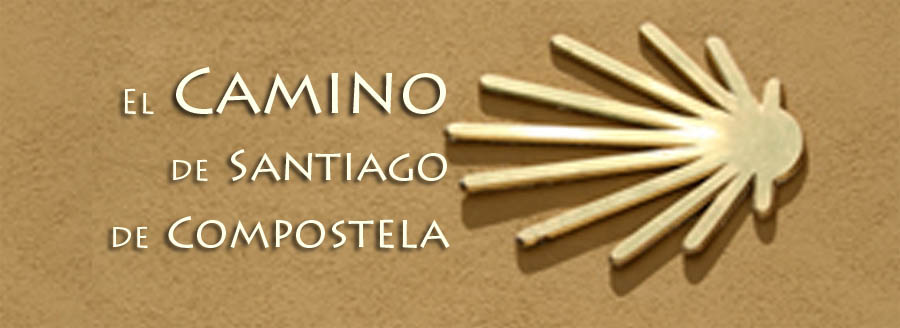 |
||||||||
|
Links: to Spain, by way of Windsor: 02 Rally Finish Onto Spain: 05 onto Leon 06 Astorga 08 to El Acebo 12 O'Cebreiros
|
||||||||
| Segovia, Spain, 13 May, Tuesday The heading on this page is a bit premature. We are still several days away from starting on the Camino - days we'll spend driving north from Madrid to our starting point of Astorga. The rationale for this is that last year, not thinking we would ever be making a return visit to the Camino, we opted simply to do the last 140km, to its spiritual and practical finish at the Cathedral de Santiago de Compostela, the reputed burial place of Spain's patron saint, St James. It was a wonderful few days, so much so, we decided we'd line up again to do some more of the pilgrim's route, and the obvious section to do was the previous 140km, leading up to where we started last year. A bit back the front, but nevertheless, that's how it happened... The full Camino goes for somewhere between 600-800km, depending on the pilgrim's starting point in either Spain, Portugal or France. It was described to me as a river, with many tributaries coming together for the final few hundred kilometres to Santiago. So, with a midday flight from Gatwick Airport to Madrid, it was an early start for us from Old Windsor. We could have taken a taxi, but I'd read that "if you need to ask the price of a taxi from Windsor to Gatwick, you can't afford it". (It turned out that a taxi the whole way wouldn't have been such a bad option, probably just twice the cost of our two train tickets, but by then, we'd already bought the train tickets). So, a taxi to one of Windsor's three railway stations, a very crowded commuter service to Clapham Junction, transferring to a much quieter and relaxed service to Gatwick. One area the Poms beat us hands down is in the quality of the voice announcements made on the train. To my ear, they're done by BBC people moonlighting as railway announcers. Clear and distinct, every one of them, unlike the garbled and gabbled version we get on City Rail in NSW Like Heathrow, Gatwick is big. It's also noisy, with people
hurrying everywhere all being processed very efficiently to get on
to one of the hundreds of flights which leave there each day. Once in Spain, and settling in to our tiny rental Fiat, we had our usual trouble of locating all the controls, and the manual didn't help either - it was in Spanish. .I do think it would make sense for car rental companies to provide second manuals, in English, for all the tourists likely to use their vehicles, This time we couldn't find the air con button, and unbelievably, the window openers. So, since it was many degrees hotter in Spain than the freezing conditions we had just escaped, we had to pull off the A-6 motorway until David worked it out It was beyond me, but, of course, once they were found, it was obvious. |
||||||||
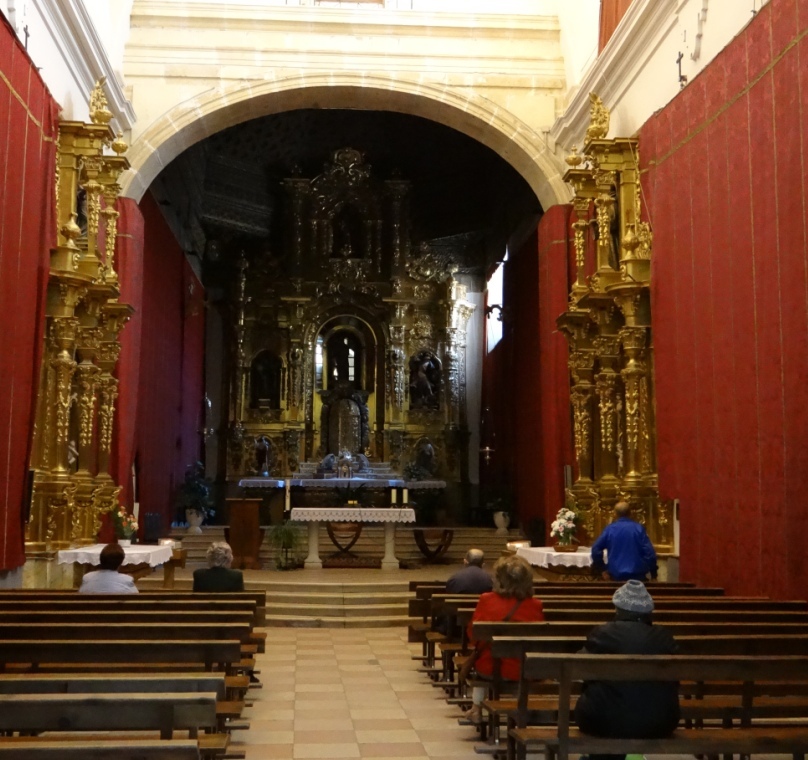 So, onto Segovia. First impressions, a delightful town whose claim to fame is a Roman aqueduct. (above). To quote my Google/Wikipedia bible, it is one of the most significant and best-preserved ancient monuments left on the Iberian Peninsula. The oh-so-helpful young man on the reception desk at out hotel pointed us in the right direction, and we found it without trouble. Not surprising - it started only a few metres from the front door of our hotel, a converted monastery, Monasterio de San Antonio el Real. (If I get time to put a report on the hotel to Tripadvisor, this one would rate 5+stars). In part, the hotel still has its monastery identity with on an-site operatiing church, where evening Mass was just about to start as we looked in. |
||||||||
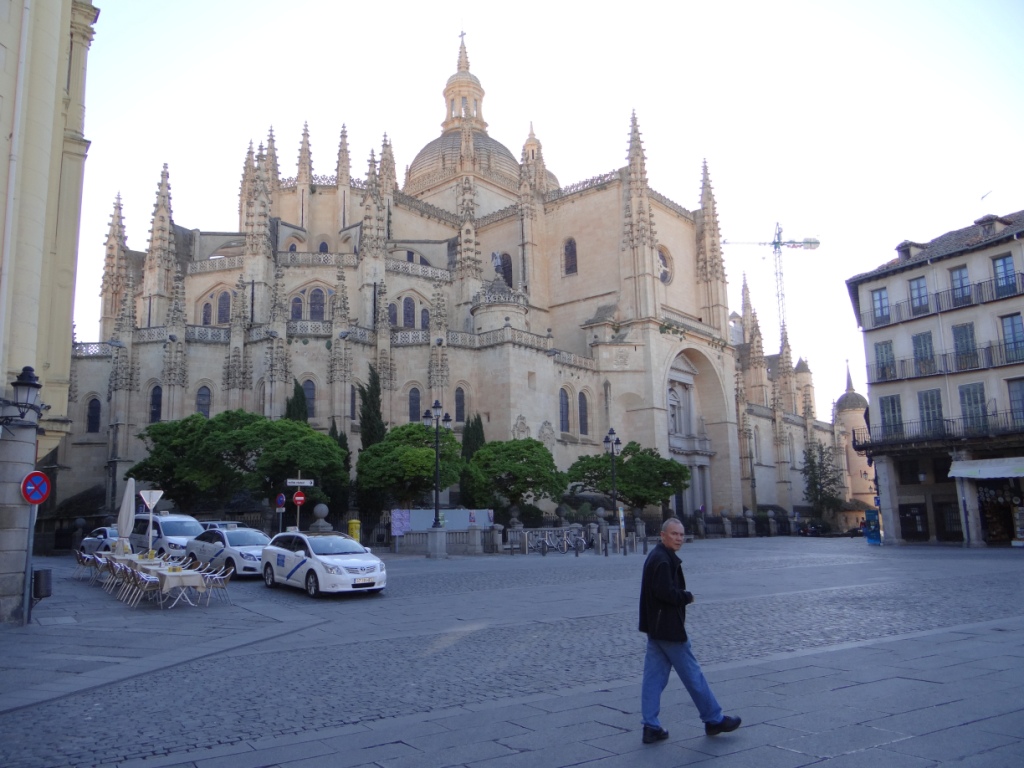 After the hotel and the aquaduct comes the town's extremely ornate cathedral. It was closed by the time we found it, but its exterior was more than worth the walk (anyhow, the interior is said to be surprisingly plain).. Begun in the 16th century but not finished until the 18th, it s the last Gothic cathedral to be built in Spain. Info for history buffs - it stands on the spot where Isabella I was proclaimed Queen of Castile. Back to the monastery for dinner - another big plus for the establishment. Dining is in a converted stone alleyway, with a glassed-in ceiling. As usual in Spain, the restaurant didn't open its doors until 8.30, and we were the first ones there at that time |
||||||||
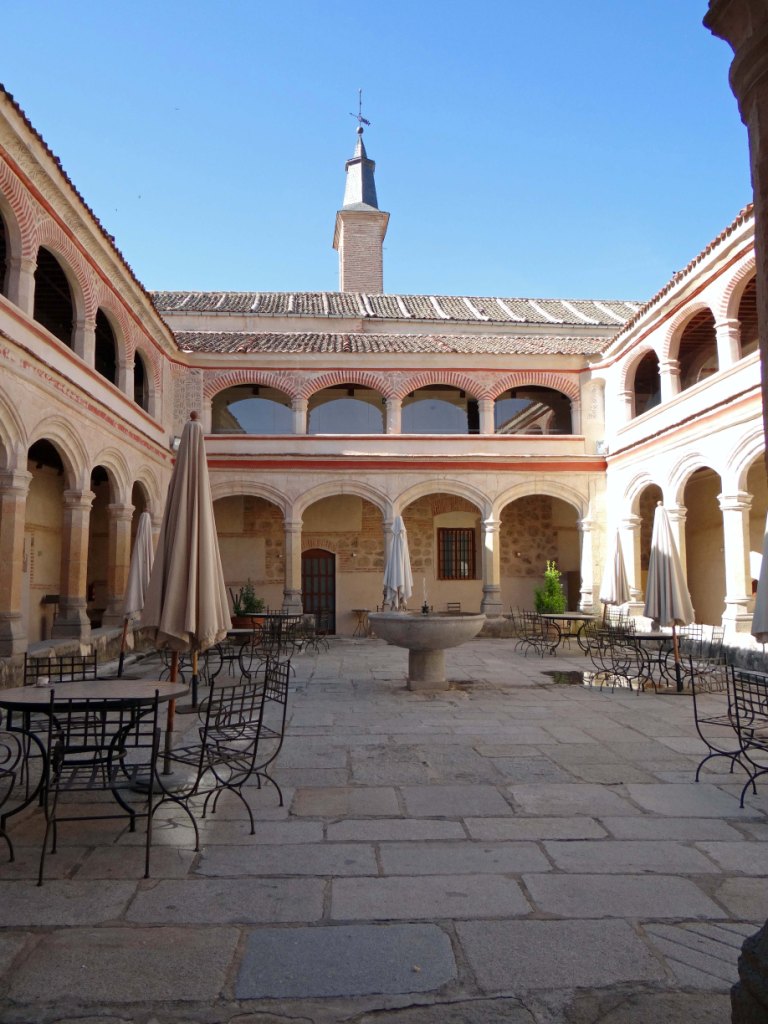
The inner courtyaard of our converted monastery, the San Antonio El Real
|
||||||||
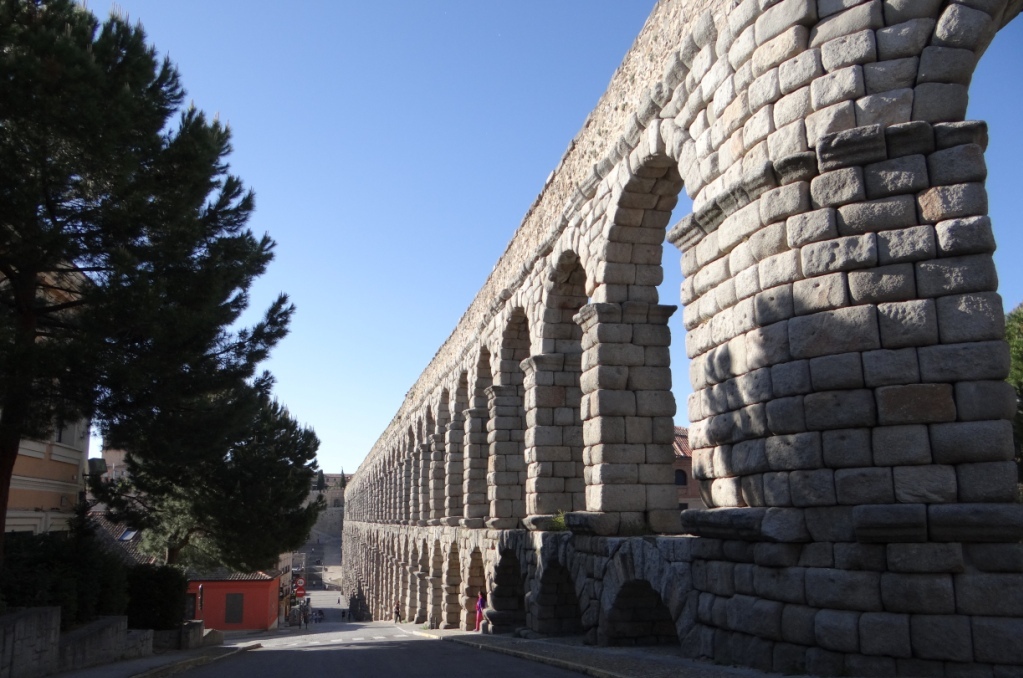 Travelling with David, instead of solo as I did from Sydney, makes
it so much easier. It's not as confronting for me to find the
way through the maze of unfamiliar terminals, counters, security
checkpoints et al. Somehow it's less stressful with him
leading the way.
Travelling with David, instead of solo as I did from Sydney, makes
it so much easier. It's not as confronting for me to find the
way through the maze of unfamiliar terminals, counters, security
checkpoints et al. Somehow it's less stressful with him
leading the way.